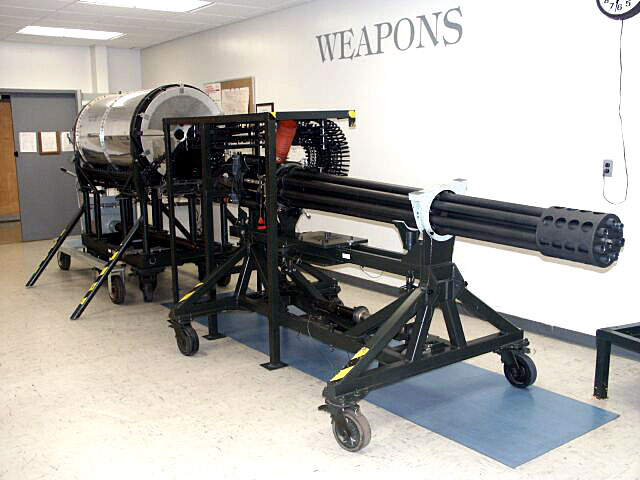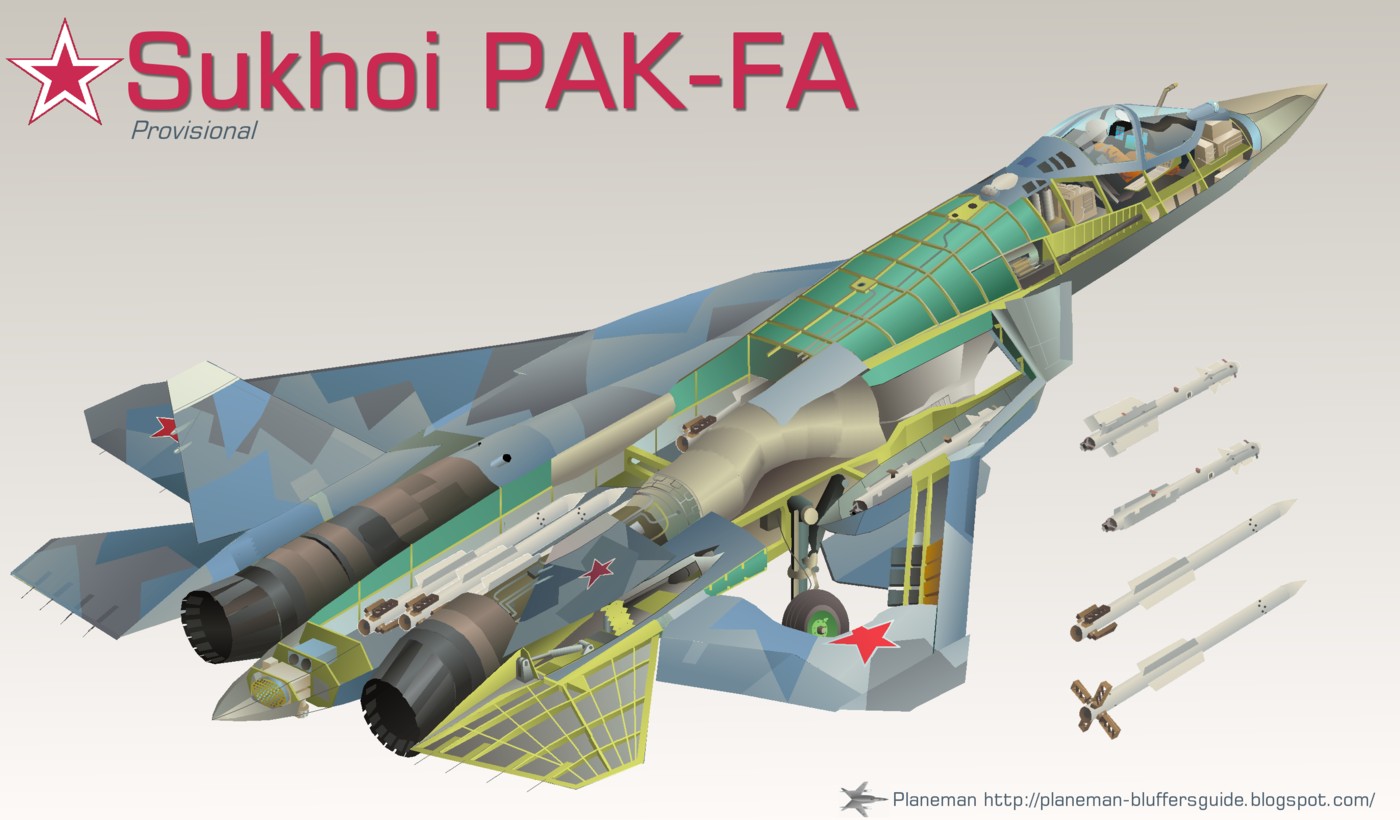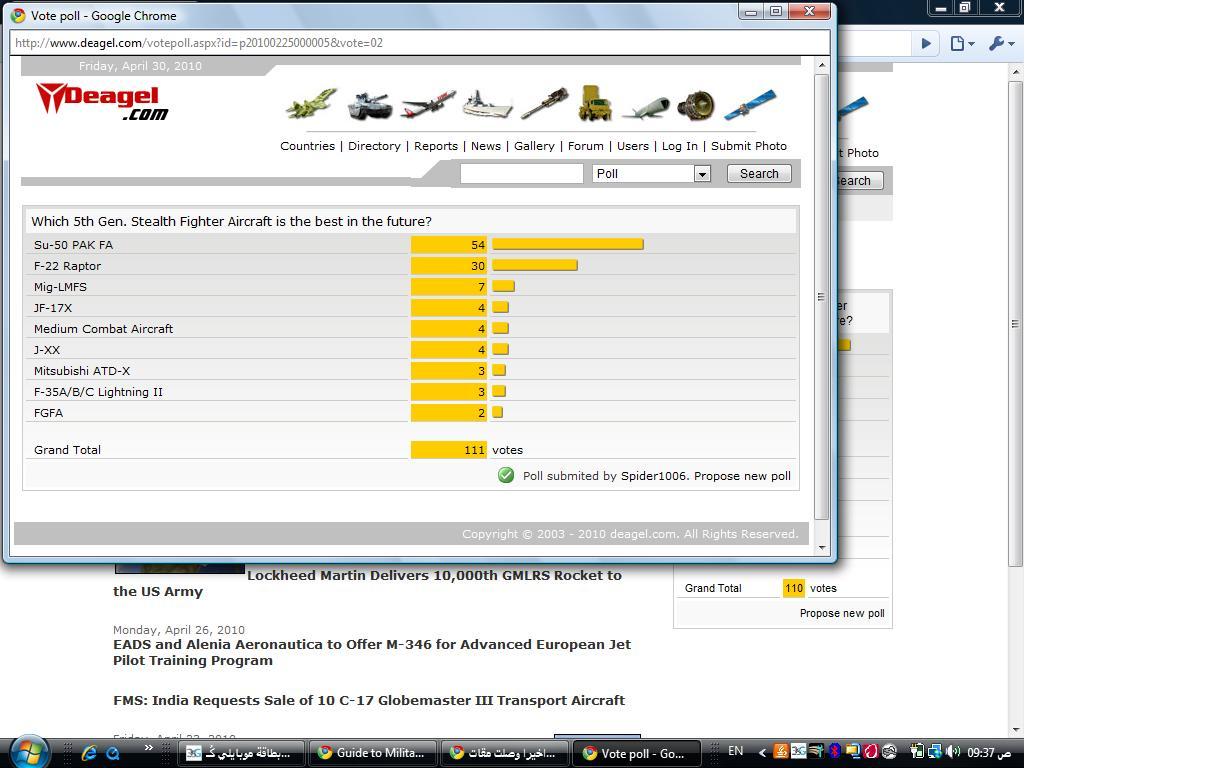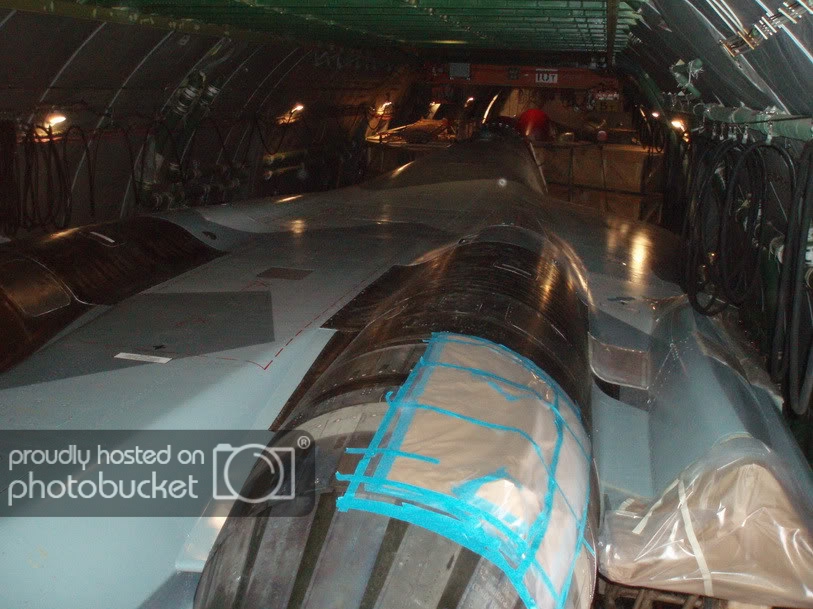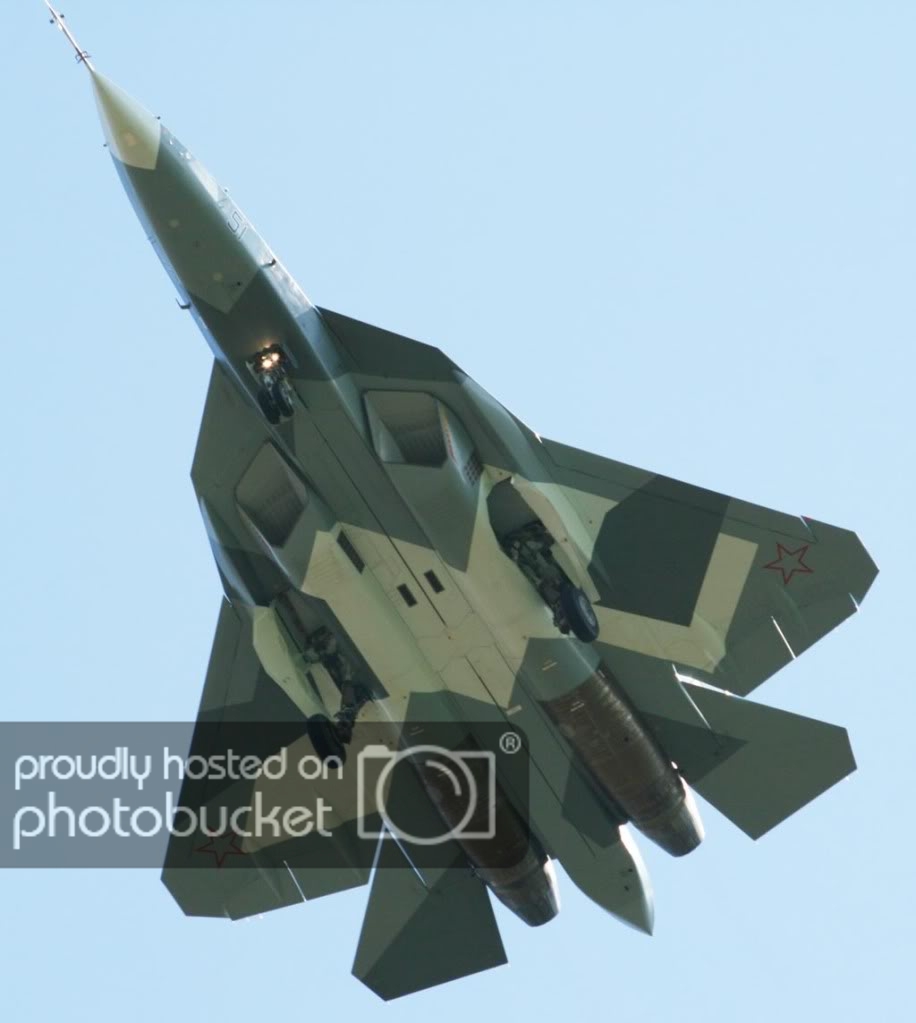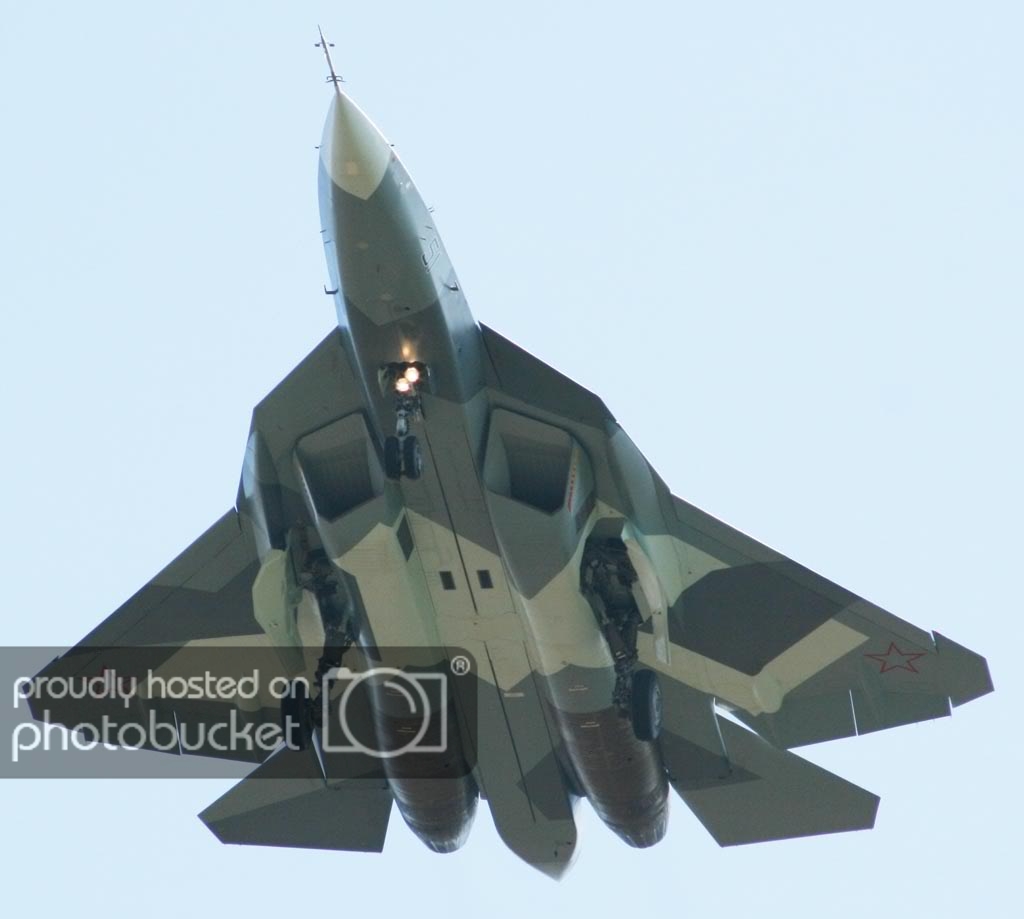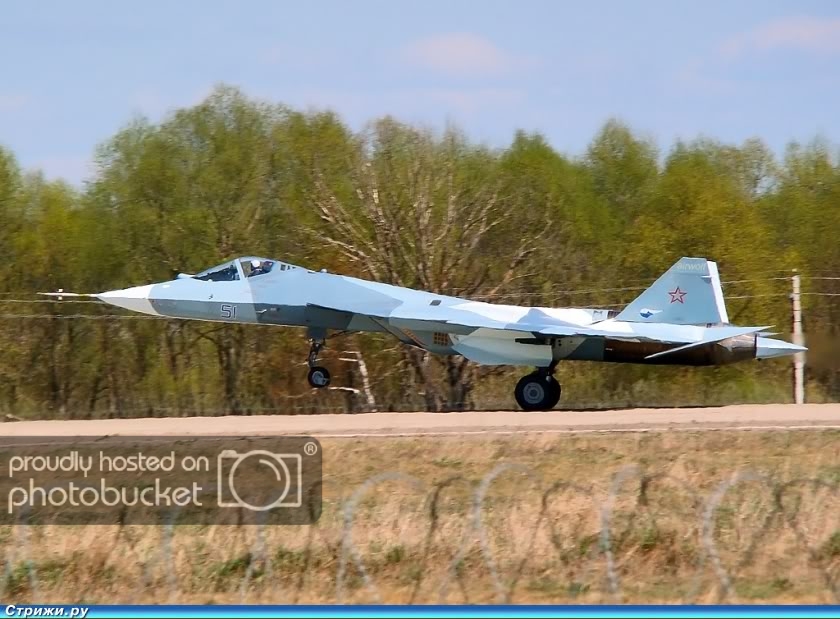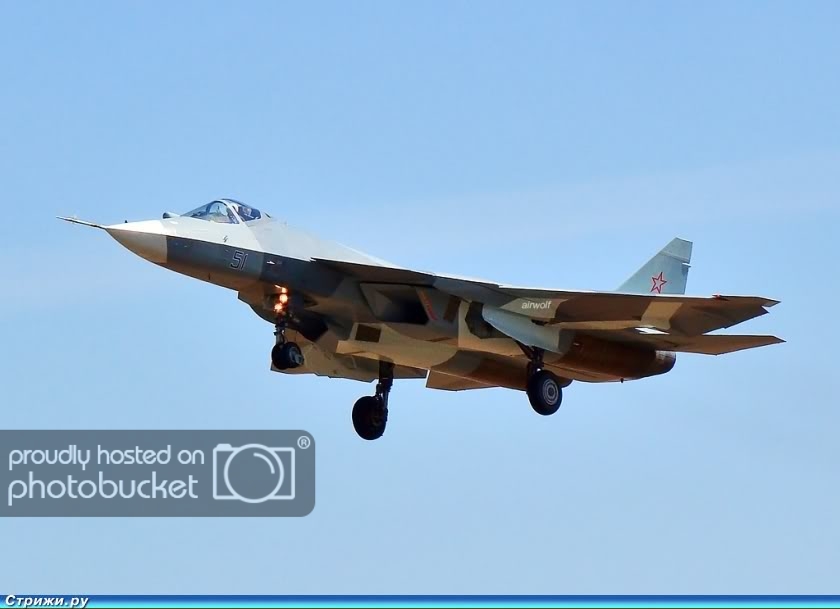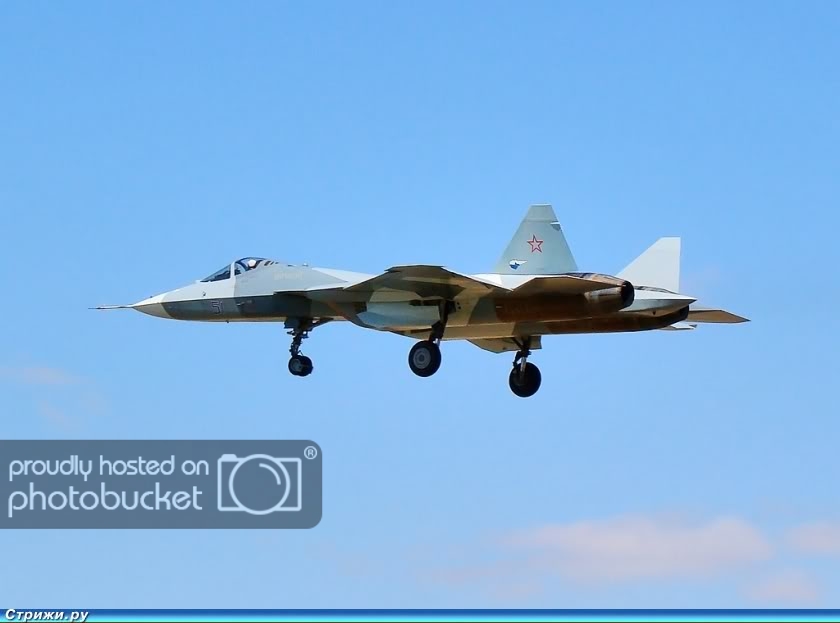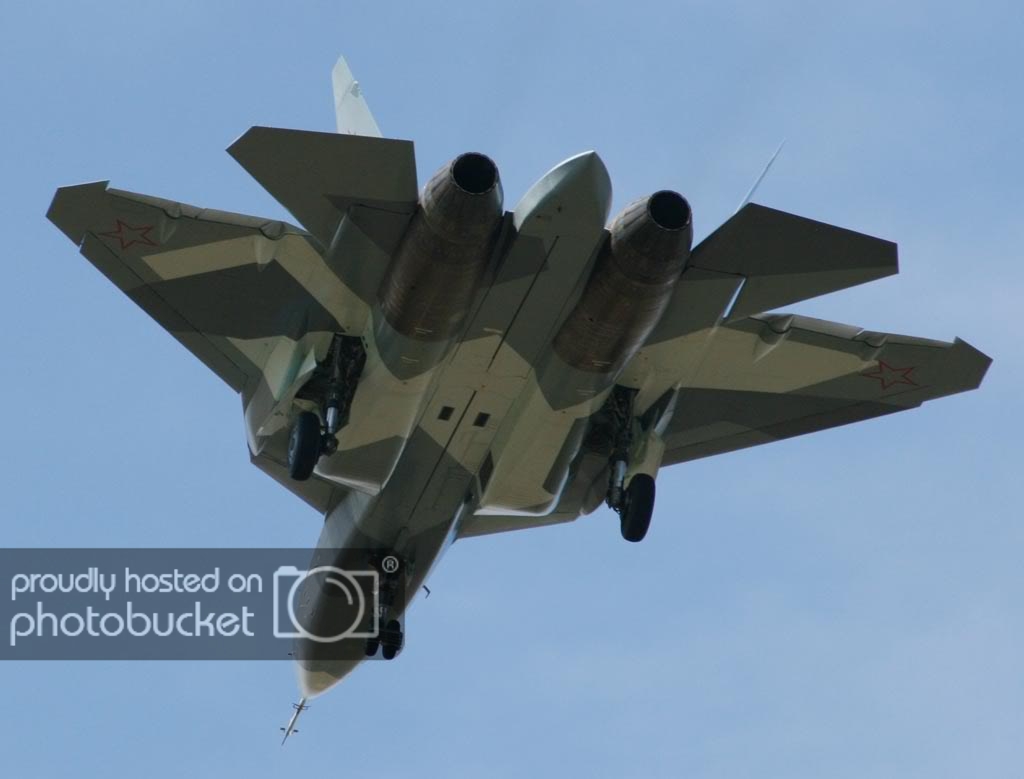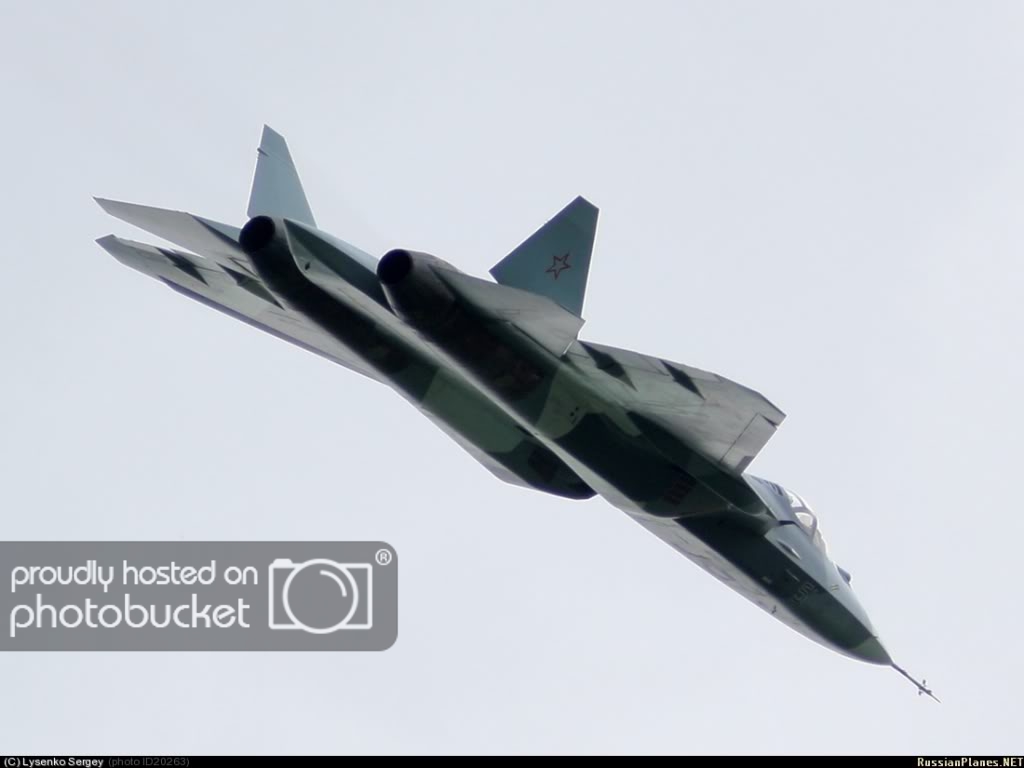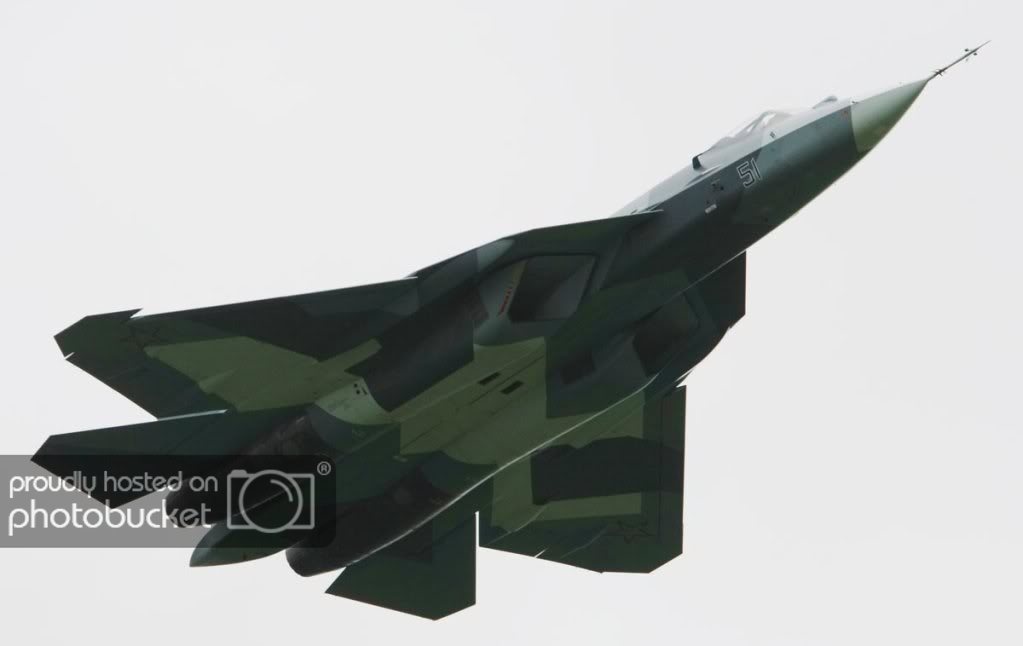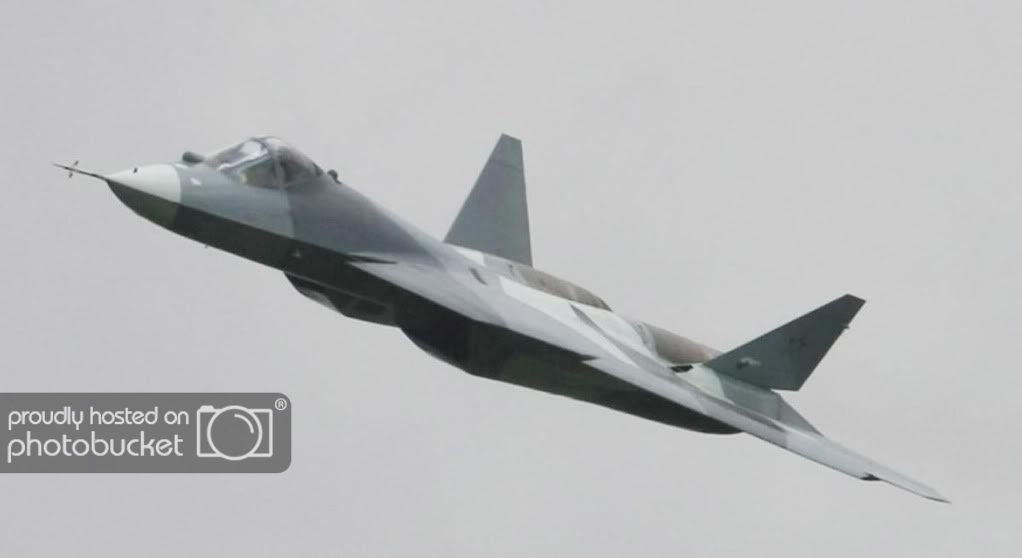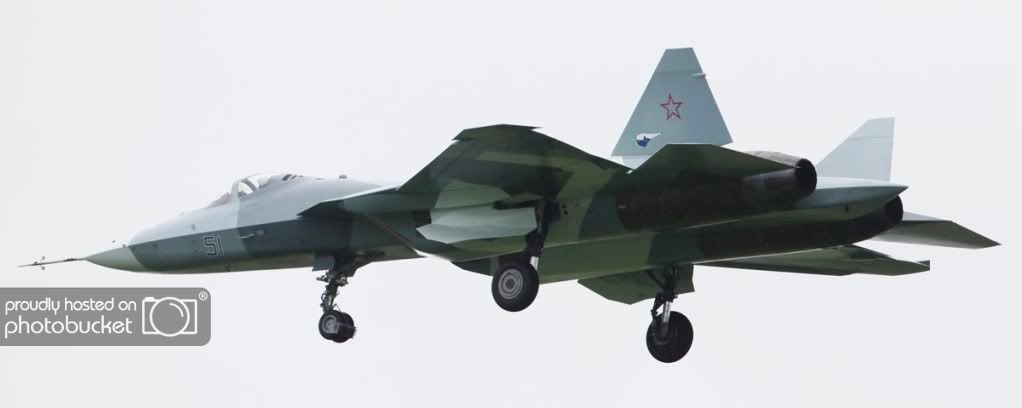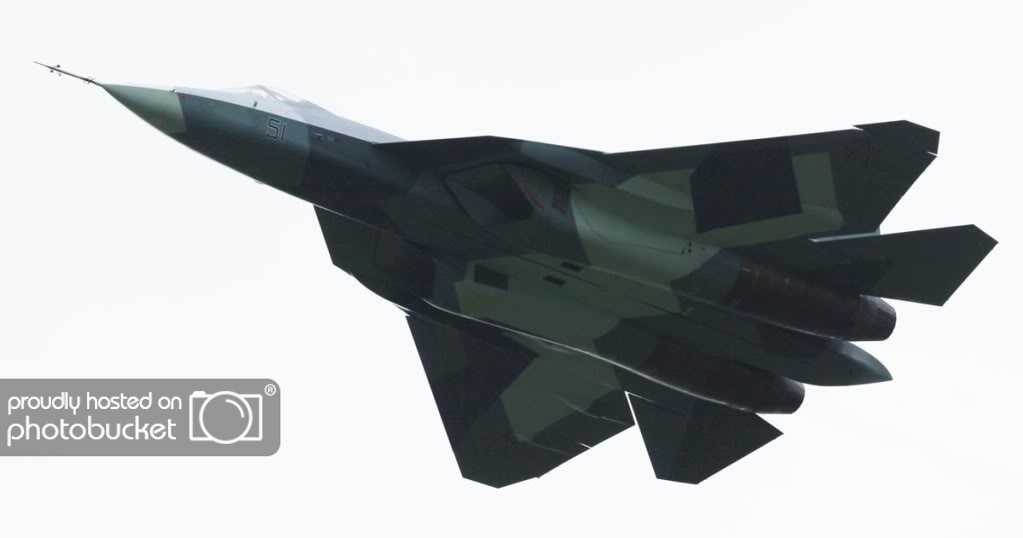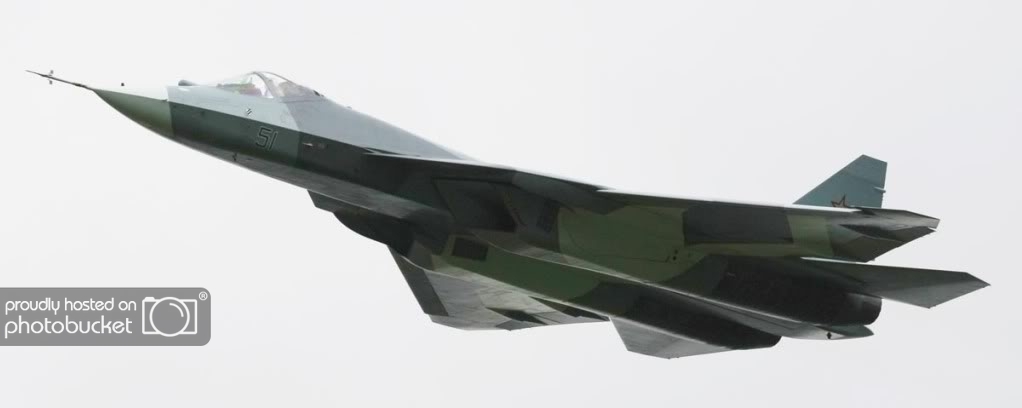رد: اخيرا وصلت مقاتلة الجيل الخامس الروسية
Russia’s two engine manufacturers are to collaborate on the next stage of engine development for the Sukhoi T-50 fifth-generation fighter after years of going head-to-head as rivals.
The Moscow-based Salut and United Engine Corp. (UEC) have agreed to work jointly on the so-called second-stage engine for the T-50 being developed to meet the air force’s PAK FA requirement. NPO Saturn, now part of UEC, and Salut have been competing for this program for several years, with designs known as Eniseysk-A and Eniseysk-B, respectively.
According to senior UEC executives, the workshare on the engine to replace the T-50’s current Saturn 117 will slightly favor the corporation: UEC will have 54%, and Salut the remainder.
The decision to collaborate is driven at least in part by the likely merger of the two engine producers.
The timescale for development of the powerplant remains uncertain, as the manufacturers apparently are waiting for the military to set its requirements. In March, however, Sukhoi chief Mikhail Pogosyan said the T-50 would enter service with the air force powered by the Saturn 117. He indicated development of the second-stage engine could take another decade.
The 117 was developed by Rybinsk-based Saturn as an uprated modification of the Al-31F engine. The 29,000-lb.-thrust 117 is used on the Su-35 derivative of the Su-27 Flanker. The version fitted to the T-50 prototypes is thought to produce 30,000 lb. thrust and also comes with a new full-authority digital engine control unit.
Salut’s Eniseysk-B design was recommended by the ministry’s tender commission, according to CEO Yuri Eliseev. Under the original program schedule, the two contenders were to have demonstrated the first elements of the engine by November 2008.
Discussing Eniyesk-A, Saturn CEO Ilya Fyodorov, who also is a head of the PAK FA engine program, says the company has studied some new technologies that could be applied to the development of a powerplant for the series production PAK FA in the next in 2-3 years.
The so-called third stage of engine development, a new design, was initially planned to begin at the end of 2009, but this has yet to be announced. “Nevertheless, we have completed the conceptual design of the fifth-generation engine,” says Eliseev.
He also says that in order to minimize technical risks, Salut is already testing the element of the future engine during modernization of the Al-31F series powerplants.
The first stage of this modernization, the AL-31FM1 with a new compressor, was shown at the Engines 2010 exhibition here this month. This engine has a thrust of 27,000 lb., interval between overhauls of 1,000 hr. and service life of 2,000 hr., compared to 25,000 lb. thrust, 500 hr. between overhauls and 1,500 hr. of service life for the serial AL-31F. According to Eliseev, the AL-31FM1 already powers modernized Su-27SM Russian air force fighters. He adds that it has also been approved for installation on Su-34 bombers.
A further development, the AL-31FM2, is being bench-tested, according to the Salut CEO. This engine has a new combustor chamber and turbine and reached 29,200 lb. thrust. “If we receive funding, we are ready to start serial trials of this engine in the next year,” says Eliseev.
Also on display at the exhibition was a new KND-924-3 low-pressure compressor that, together with a new six-stage high-pressure compressor, will be used for the AL-31FM3 modification. This version is expected to have a thrust of about 30,000 lb. Eliseev stresses that all the modifications retain the size of the serial Al-31F and can be installed in versions of the Su-27 in service.
The cooperation between Salut and UEC is underpinned by the anticipated merger between the two manufacturers. Eliseev was appointed deputy head of the corporation two weeks ago. According to UEC executives, the merger with Salut will start after the latter completes its consolidation with Omsk Baranov Production Co.
المصدر
